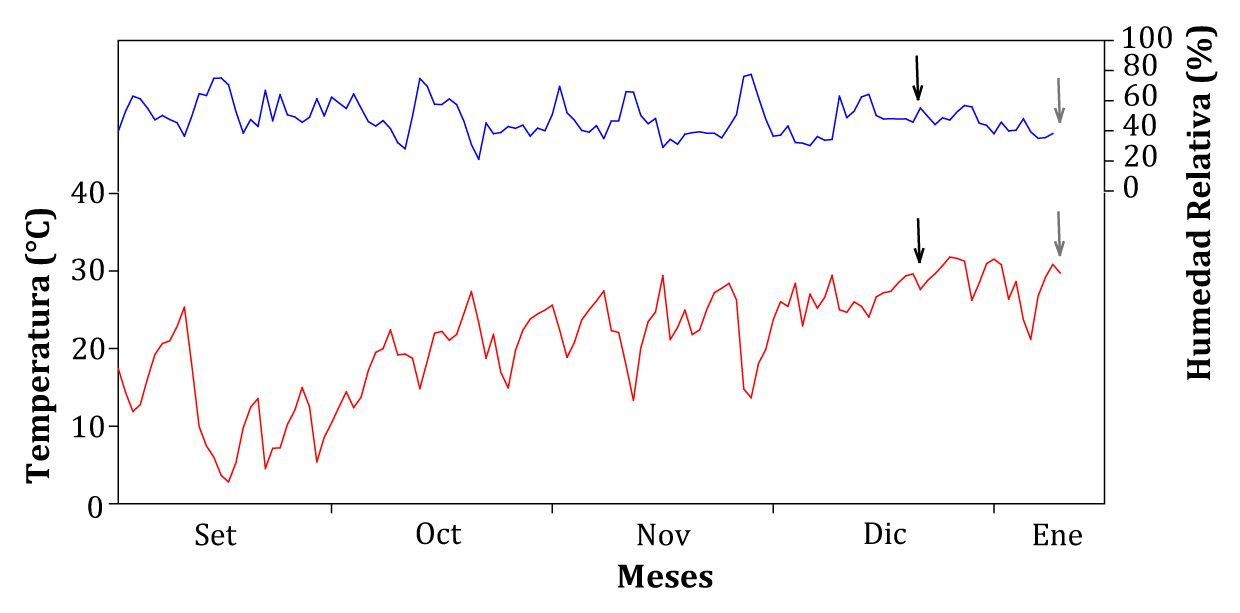Leaf death in Araucaria araucana (Mol.) K. Koch seedlings due to freezing temperatures. Preliminary results
Keywords:
growing season, sensibility to cold, freezing temperature, northern PatagoniaAbstract
In this work we report the phenological response experienced by the foliage of A. araucana seedlings to four levels of freezing temperatures (-2 ºC, -6 ºC, -10 ºC and -15ºC) induced during the active plant growth season. Nursery seedlings were exposed to different frost levels in a freezer under computer control. The results showed that after three weeks of the thermal treatments, 90% of the A. araucana seedlings remained with living leaves at temperatures up to -6ºC, whereas when the temperature decreased to -10ºC or lower, the seedlings showed a variable percentage of dead leaves and even total death of the foliage. Under natural conditions, late frosts in northern Patagonia may expose seedlings of A. araucana to potentially lethal consequences. Therefore, a better understanding of the response of A. araucana to extreme low temperatures is particularly useful for interpreting forest dynamics processes and for management and conservation guidelines in relation to future climate change scenarios.
Downloads

Downloads
Published
How to Cite
Issue
Section
License
Aquellos autores/as que tengan publicaciones con esta revista, aceptan las Políticas Editoriales.










.jpg)




